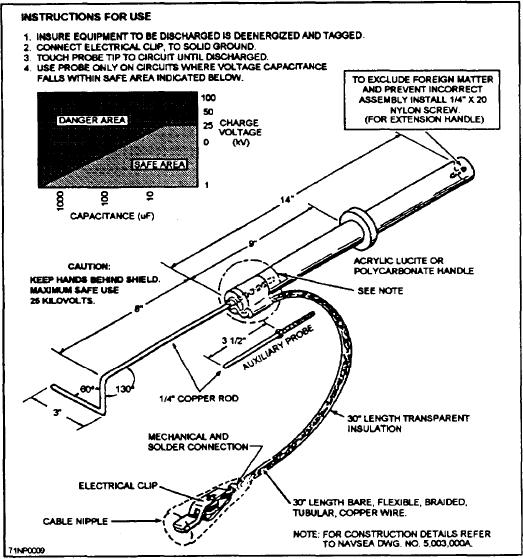
Figure 1-3.--Approved safety shorting probe.
Before you use a tool, inspect the tool cord and
portable electric equipment is issued, it should be
visually examined. The parts to be looked at include the
plug. Don't use a tool with a frayed cord or with
attached cable with plug (including extension cords),
a damaged or broken plug. Never use spliced
making sure it is in satisfactory condition according to
cables, except in an emergency.
prescribed PMS instructions. Any cable that has tears,
Before using a tool, arrange the portable cables
chafing, or exposed conductors, and any plug that has
so you and others will not trip over them. The
damage should be promptly replaced.
length of extension cords used with portable tools
You should use an approved tool tester or
should not exceed 25 feet. Extension cords of
multimeter to test portable electrical equipment with its
100 feet are authorized on flight and hangar
associated extension cord connected. When using the
decks. Extension cords of 100 feet are also found
multimeter to check continuity of the ground conductor
in damage control lockers, and labeled FOR
from the tool case to the dummy receptacle, you should
EMERGENCY USE ONLY.
make sure the meter reading is less than 1 ohm. With
Don't use jury-rigged extension cords that have
the multimeter still connected between the tool case and
ground, bend or flex the cable. The resistance must be
metal handy boxes on the receptacle ends of the
1 ohm or less. If the resistance varies, you might have
c o r d . All extension cords must have
broken conductors in the cord or loose connections.
nonconductive plugs and receptacle housings.
When using an extension cord with a portable
Other safe practices in the use of portable
electric-power tools include the following:
electric tool, always plug the tool into the
1-11

